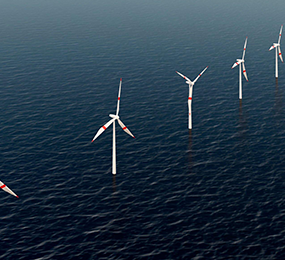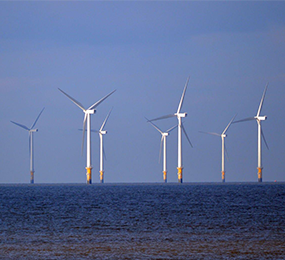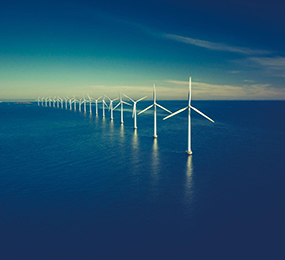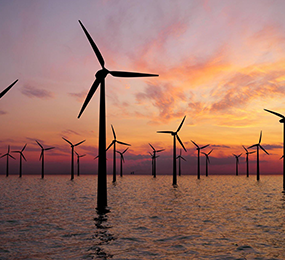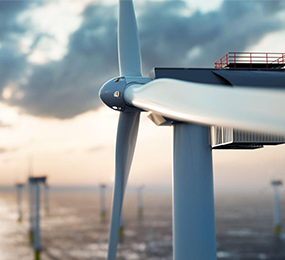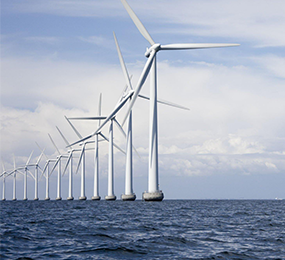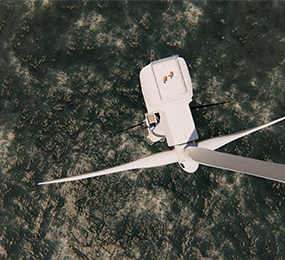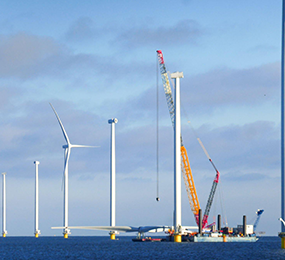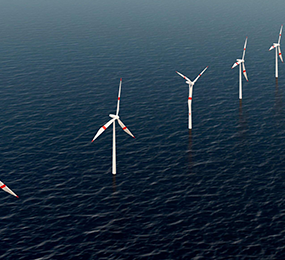Floating offshore wind energy holds immense potential for clean energy generation, but its bankability remains a key consideration for investors. Securing financing for these projects requires a careful assessment of technical challenges, risks, and potential returns.
Technical Challenges and Risk Mitigation:
Several technical hurdles influence the bankability of floating wind projects. These include:
- Mooring and Anchoring Systems: Designing and installing reliable mooring and anchoring systems in deep waters with challenging seabed conditions presents a significant engineering challenge. Robust solutions are crucial to minimize downtime and ensure long-term stability.
- Dynamic Cable Systems: Developing dynamic cables capable of withstanding the constant motion of floating platforms while transmitting power efficiently is essential. Cable fatigue and failure are key concerns.
- Platform Stability and Motion: Ensuring the stability of floating platforms in harsh ocean environments is paramount. Excessive motion can impact turbine performance and increase maintenance requirements.
- Turbine Design and Maintenance: Adapting wind turbines for the unique conditions of floating deployments, including motion and corrosion, requires specialized design considerations and robust maintenance strategies.
- Installation and Commissioning: The installation and commissioning of floating wind farms involve complex logistical operations, requiring specialized vessels and experienced personnel.
Mitigating these technical risks is crucial for attracting investors. Strategies include:
- Thorough Due Diligence: Comprehensive site assessments, detailed engineering studies, and independent technical reviews are essential to identify and mitigate potential risks.
- Technology Selection and Proven Track Record: Prioritizing proven technologies with a demonstrated track record of reliability reduces the risk of unforeseen technical issues.
- Robust Contracts and Warranties: Well-structured contracts with experienced contractors and equipment suppliers, along with comprehensive warranties, provide financial security and mitigate potential losses.
- Insurance and Risk Management: Adequate insurance coverage and robust risk management plans are essential to protect against unforeseen events, such as extreme weather conditions or equipment failure.
Bankability and Investor Confidence:
While technical challenges remain, investor confidence in floating offshore wind is growing. Several factors contribute to this increasing confidence:
- Decreasing LCOE: The levelized cost of energy (LCOE) for floating wind is steadily declining as technology matures and economies of scale are realized. This makes floating wind increasingly competitive with other renewable energy sources.
- Successful Pilot Projects and Demonstrators: The successful operation of pilot projects and demonstration farms has proven the technical feasibility of floating wind and built confidence among investors.
- Supportive Policy Environment: Government policies, including feed-in tariffs, renewable energy targets, and streamlined permitting processes, play a vital role in attracting investment.
- Growing Market Demand: The increasing global demand for clean energy is driving market growth for floating wind, creating attractive opportunities for investors.
The bankability of floating offshore wind projects is steadily improving as technical challenges are addressed and investor confidence grows. Continued innovation, cost reductions, and a supportive policy environment will be crucial for unlocking the full potential of this promising technology and accelerating the transition to a clean energy future.
To register or learn more about the Forum please check here: https://www.leadventgrp.com/events/5th-annual-floating-wind-europe/details
For more information and group participation, contact us: [email protected]


